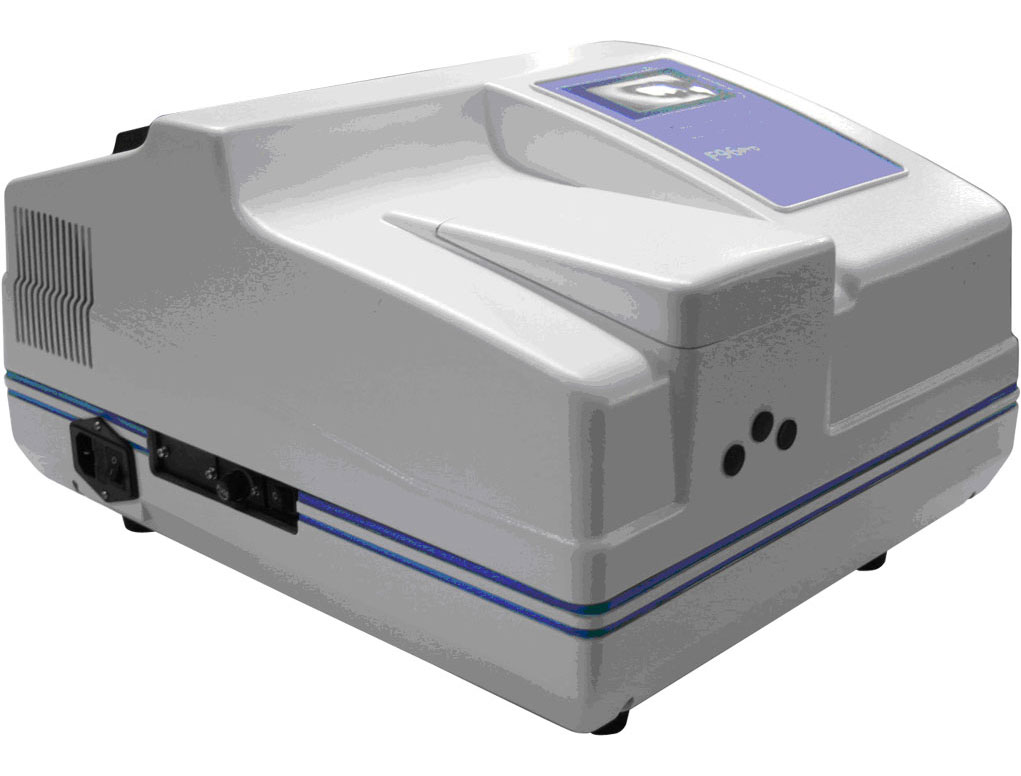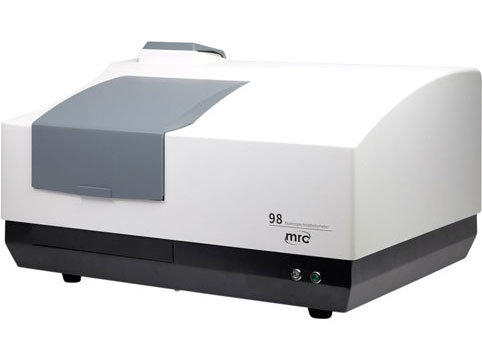fluorescent spectrophotometer used to measure the intensity of fluorescent light emitted by a sample when it's exposed to light
What is Fluorescence
Before diving deeper into the workings of a fluorescent spectrophotometer, it's crucial to understand fluorescence itself. Fluorescence is a type of photoluminescence where certain substances absorb light at one wavelength (excitation) and then emit light at a different, usually longer wavelength (emission).
How Fluorescence Works
When a molecule absorbs light, its electrons get excited to a higher energy state. As the electrons return to their original state, they release energy in the form of light. This emitted light is what we measure in fluorescent spectrophotometry.
Components of a Fluorescent Spectrophotometer
Light Source
The light source is a critical component. Common sources include xenon lamps or LEDs, which provide the necessary excitation light.
Excitation and Emission Filters
These filters are essential for selecting the specific wavelengths of light. The excitation filter selects the wavelength to excite the sample, while the emission filter allows only the emitted light to reach the detector.
Detector
The detector captures the emitted light and converts it into a measurable signal. Photomultiplier tubes (PMTs) and photodiodes are commonly used detectors.

How a Fluorescent Spectrophotometer Works
The Excitation Process
First, the light source directs a beam of light onto the sample through the excitation filter. This light excites the molecules in the sample, causing them to fluoresce.
Emission Detection
The emitted light then passes through the emission filter and reaches the detector, which measures the intensity of the fluorescence.
Applications in Various Fields
Medical Diagnostics
In medicine, fluorescent spectrophotometers are used for diagnosing diseases early by detecting specific biomarkers.
Environmental Monitoring
These instruments help in monitoring pollution levels by detecting contaminants in air and water.
Chemical Analysis
Fluorescent spectrophotometry aids in identifying and quantifying chemical substances, providing detailed compositional data.
Biological Research
Researchers use these tools to study complex biological processes, such as protein interactions and cellular mechanisms.
Advantages of Using a Fluorescent Spectrophotometer
Sensitivity and Specificity
One of the main benefits is its high sensitivity and specificity, allowing for the detection of minute amounts of substances.
Non-Destructive Testing
Since it doesn't destroy the sample, it's perfect for ongoing studies where sample preservation is crucial.
